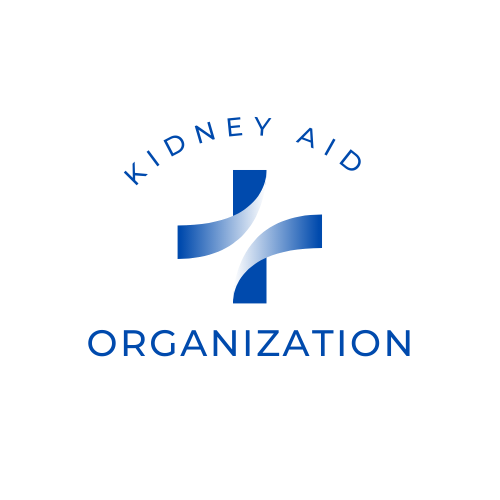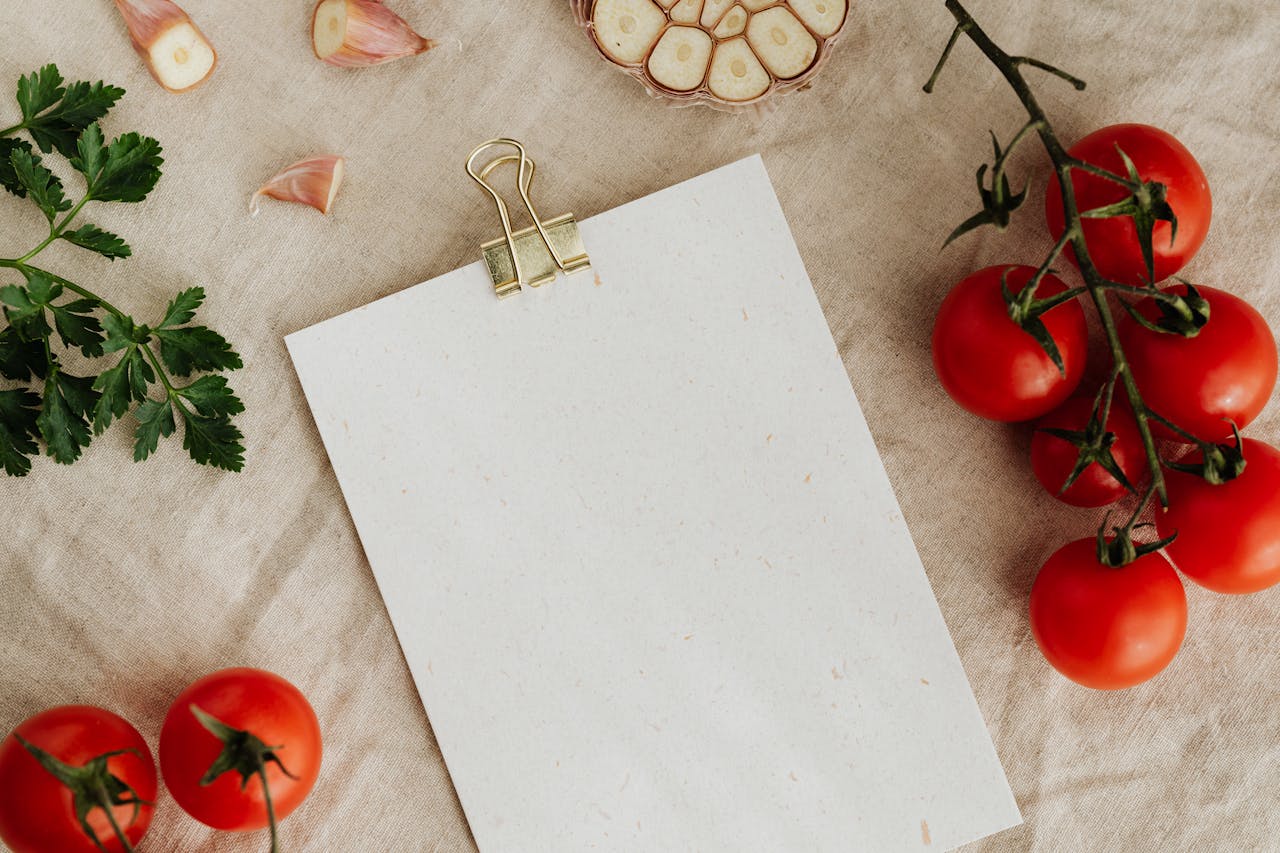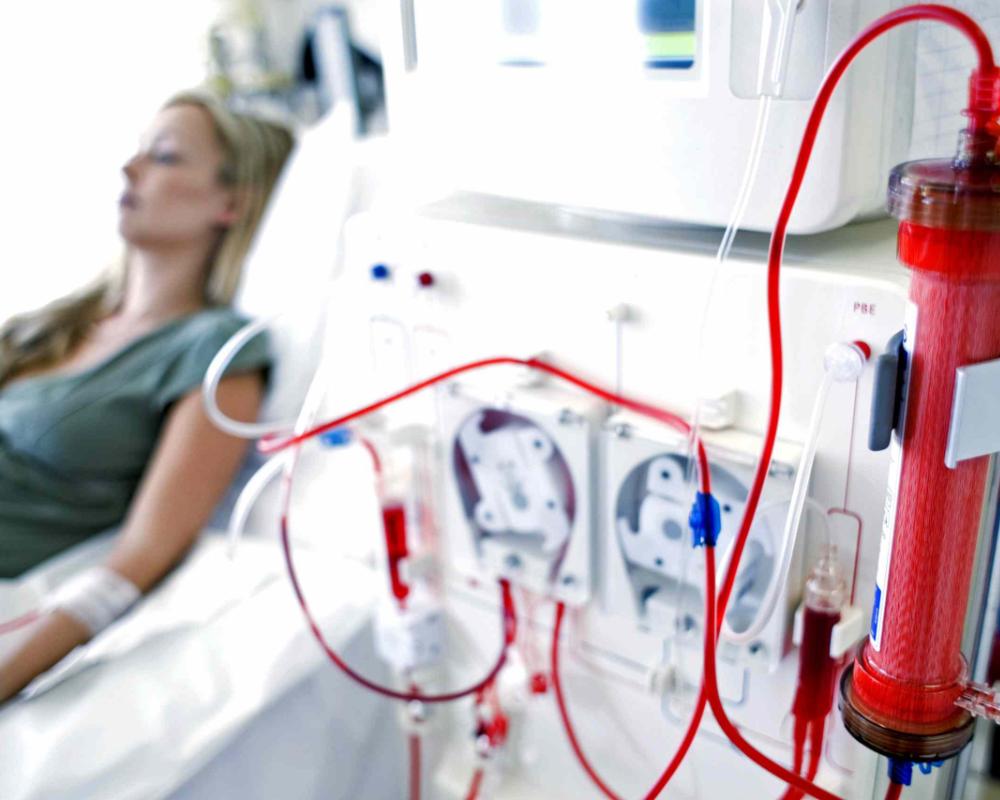Chronic Kidney Disease (CKD) Stage 3 coupled with Type 2 Diabetes presents a unique dietary challenge, as both conditions necessitate careful management of nutrient intake to maintain overall health and prevent further complications. The intersection of these two conditions requires a nuanced approach to diet, considering factors such as blood sugar control, kidney function, and overall nutritional balance. In this article, we delve into the dietary considerations for individuals with CKD Stage 3 and Type 2 Diabetes, exploring suitable food choices, meal planning strategies, and expert recommendations to empower readers in making informed dietary decisions.
Understanding CKD Stage 3 and Type 2 Diabetes
Chronic Kidney Disease (CKD) is characterized by a gradual loss of kidney function over time, typically categorized into five stages based on the glomerular filtration rate (GFR). CKD Stage 3 signifies moderate kidney damage, with a GFR ranging from 30 to 59 milliliters per minute per 1.73 square meters. Type 2 Diabetes, on the other hand, is a metabolic disorder characterized by insulin resistance and high blood sugar levels. The coexistence of CKD Stage 3 and Type 2 Diabetes amplifies the importance of dietary management, as both conditions can significantly impact each other's progression and complications. Individuals with CKD Stage 3 and Type 2 Diabetes face dietary challenges due to the need to control blood sugar levels while also managing protein, sodium, potassium, and phosphorus intake to preserve kidney function. While there is no one-size-fits-all approach to diet for individuals with these conditions, certain general principles can guide dietary choices and meal planning strategies to optimize health outcomes. Collaboration with healthcare professionals, including registered dietitians, nephrologists, and endocrinologists, is crucial in developing personalized dietary plans tailored to individual needs and health goals.Dietary Recommendations for CKD Stage 3 and Type 2 Diabetes
1. Focus on Balanced Macronutrient Intake
Maintaining a balanced macronutrient intake is essential for individuals with CKD Stage 3 and Type 2 Diabetes. Emphasizing complex carbohydrates, such as whole grains, legumes, and vegetables, can help regulate blood sugar levels and provide sustained energy without causing rapid spikes in blood glucose. Opt for high-fiber foods to promote satiety and digestive health while minimizing the glycemic impact of meals.2. Monitor Protein Intake
Protein intake is a critical consideration for individuals with CKD Stage 3, as impaired kidney function can affect the body's ability to metabolize protein waste products. However, protein remains essential for muscle maintenance and overall health. Opt for high-quality protein sources such as lean poultry, fish, eggs, and plant-based proteins like tofu and legumes. Monitoring portion sizes and spreading protein intake throughout the day can help manage protein waste accumulation in the bloodstream.3. Limit Sodium and Phosphorus
Sodium and phosphorus are two electrolytes that individuals with CKD Stage 3 need to monitor closely. Excess sodium can lead to fluid retention and high blood pressure, while elevated phosphorus levels can contribute to bone and cardiovascular complications. Avoid processed and high-sodium foods, and opt for fresh, whole foods prepared with minimal added salt. Similarly, limit phosphorus-rich foods such as dairy products, nuts, and processed meats, opting for lower-phosphorus alternatives when possible.4. Manage Potassium Intake
Potassium balance is crucial for individuals with CKD Stage 3, as impaired kidney function can lead to hyperkalemia (high potassium levels) or hypokalemia (low potassium levels), both of which pose health risks. While potassium is found in a wide range of foods, including fruits, vegetables, and dairy products, some individuals may need to limit their intake depending on their potassium levels and kidney function. Working with a registered dietitian can help develop a personalized meal plan that balances potassium intake while ensuring adequate nutrient intake.Meal Planning Strategies for CKD Stage 3 and Type 2 Diabetes
1. Portion Control and Meal Timing
Practicing portion control and spacing meals evenly throughout the day can help regulate blood sugar levels and reduce the burden on the kidneys. Aim for smaller, frequent meals and snacks to prevent large fluctuations in blood glucose and optimize nutrient absorption. Consider using measuring cups, food scales, or visual cues to gauge appropriate portion sizes and avoid overeating.2. Incorporate Variety and Flavor
Maintaining a diverse and flavorful diet is key to long-term adherence and enjoyment of meals. Experiment with herbs, spices, and seasoning blends to enhance the taste of dishes without relying on excess salt or sugar. Incorporate a variety of fruits, vegetables, whole grains, and lean proteins into your meals to ensure adequate nutrient intake and culinary enjoyment.3. Stay Hydrated
Proper hydration is essential for kidney health and overall well-being. Aim to drink adequate fluids throughout the day, opting for water as the primary beverage choice. Limit intake of sugary drinks, caffeinated beverages, and alcohol, as they can contribute to dehydration and may exacerbate blood sugar fluctuations and kidney strain.Wholesome Meal Recipes for CKD Stage 3 and Type 2 Diabetes
Breakfast: Quinoa Breakfast Bowl
Ingredients:
- 1/2 cup quinoa, rinsed
- 1 cup water or low-sodium vegetable broth
- 1/2 teaspoon cinnamon
- 1/4 cup unsweetened almond milk
- 1/4 cup fresh berries (such as strawberries, blueberries, or raspberries)
- 1 tablespoon chopped walnuts or almonds
- 1 teaspoon honey or maple syrup (optional)
Instructions:
- In a small saucepan, bring the water or vegetable broth to a boil.
- Add the rinsed quinoa and cinnamon to the boiling water. Reduce heat to low, cover, and simmer for 15-20 minutes, or until the quinoa is cooked and water is absorbed.
- Once cooked, fluff the quinoa with a fork and transfer to a bowl.
- Stir in the almond milk and top with fresh berries and chopped nuts.
- Drizzle with honey or maple syrup if desired. Serve warm.
Lunch: Grilled Chicken and Vegetable Salad
Ingredients:
- 4 ounces grilled chicken breast, sliced
- 2 cups mixed salad greens (such as spinach, arugula, and kale)
- 1/2 cup cherry tomatoes, halved
- 1/4 cup cucumber, sliced
- 1/4 cup bell peppers, sliced
- 1/4 cup grated carrots
- 2 tablespoons balsamic vinaigrette dressing (low-sodium)
Instructions:
- Arrange the mixed salad greens on a large plate or bowl.
- Top with sliced grilled chicken breast, cherry tomatoes, cucumber, bell peppers, and grated carrots.
- Drizzle with balsamic vinaigrette dressing.
- Toss gently to combine. Serve immediately.
Dinner: Baked Salmon with Roasted Vegetables
Ingredients:
- 4 ounces salmon fillet
- 1 tablespoon olive oil
- 1/2 teaspoon garlic powder
- 1/2 teaspoon dried dill
- Salt and pepper to taste
- 1 cup mixed vegetables (such as broccoli, cauliflower, and Brussels sprouts), chopped
- 1 teaspoon lemon zest
- Lemon wedges for serving
Instructions:
- Preheat the oven to 400°F (200°C). Line a baking sheet with parchment paper.
- Place the salmon fillet on the prepared baking sheet. Drizzle with olive oil and sprinkle with garlic powder, dried dill, salt, and pepper.
- In a separate bowl, toss the mixed vegetables with olive oil, salt, pepper, and lemon zest.
- Arrange the seasoned vegetables around the salmon on the baking sheet.
- Bake in the preheated oven for 15-20 minutes, or until the salmon is cooked through and the vegetables are tender.
- Remove from the oven and serve hot with lemon wedges on the side.
Conclusion
Navigating dietary choices with CKD Stage 3 and Type 2 Diabetes requires careful consideration of nutrient balance, portion control, and meal planning strategies to optimize health outcomes and quality of life. By focusing on balanced macronutrient intake, monitoring protein, sodium, potassium, and phosphorus intake, and incorporating meal planning strategies tailored to individual needs, individuals with these conditions can better manage their health and mitigate the risk of complications. Collaboration with healthcare professionals, including registered dietitians and healthcare providers, is essential in developing personalized dietary plans that promote optimal health and well-being.Are you tired of living under the shadow of kidney disease? Are you yearning for a life free from the shackles of dialysis, kidney failure, and the looming threat of kidney transplants? If so, you're in the right place at the right time. Imagine waking up every morning with boundless energy, feeling rejuvenated and ready to take on the day. Envision a life where your kidneys are functioning optimally, and you no longer dread the burdensome routines of dialysis sessions. The Kidney Disease Solution Program is here to turn that vision into reality for you.


